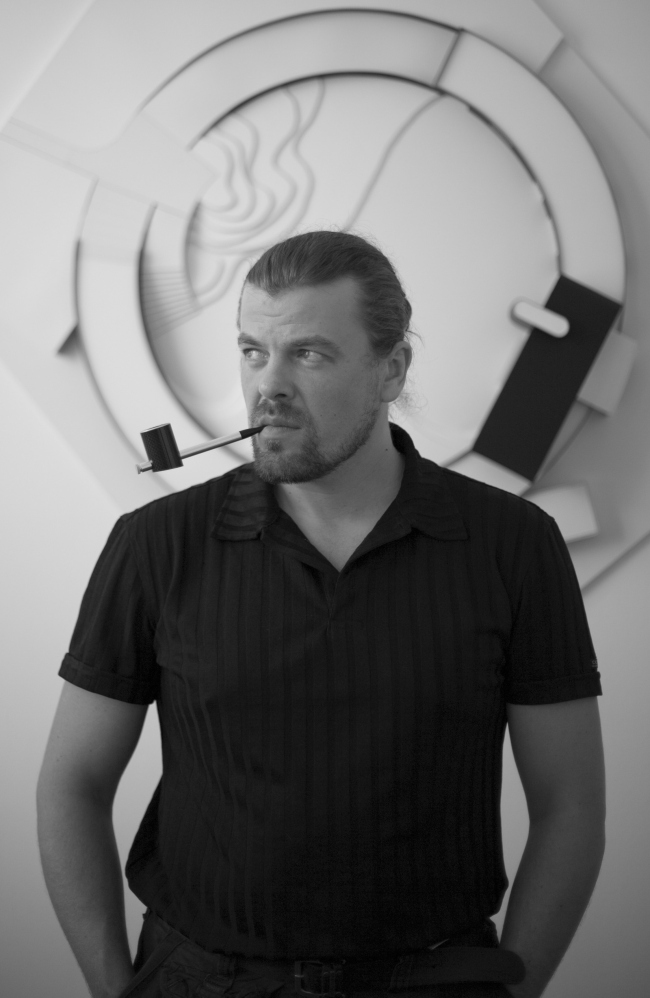|
Published on Archi.ru (https://archi.ru) |
|
| 14.02.2022 | |
|
An Architectural Reality Show |
|
|
Lara Kopylova |
|
| Architect: | |
| Roman Leonidov | |
| Studio: | |
| Studio of Roman Leonidov | |
|
Roman Leonidov, the well-known architect of luxury countryside residences, about which Archi.ru repeatedly wrote, launched a new online project called “Build YOUR House” on his YouTube channel. Against the background of the unprecedented boom of private residence construction caused by the pandemic, “Build YOUR House” immediately became very popular. Hitherto, on we could only see videos about his projects and buildings with the author’s comments. The new program is about letting the viewers follow the process of designing and building a specific house, which a young architect will perform in collaboration with a specific client under Roman Leonidov’s guidance almost real-time: each week, they will upload a video with the process of designing (and later on construction), and its results. The show is devised pretty much like a TV series: the first season is the construction of the first house, the second season is the second house, and so on. Watch the . Roman LeonidovCopyright: © provided by Roman LeonidovYou are an established architect, and you have achieved a lot. One could think that you could rest on your laurels. Why this new format? The main goal is educational. After I conduct one or two such projects on my YouTube channel, I will be able to refer young architects, who come to work for my company, to these videos instead of having to explain the same things to them over and over again. The second goal is responding to the challenge of the audience of my YouTube channel, who say that “big” architects do not work with simple people. Yes, we do. And the third goal is – this is how I find new employees for my company. You anticipated my next question. During the last stream, the online audience was to choose one architect out of three finalists. And what will happen to those who don’t get picked? Out of those who reached the finals, not everyone becomes a winner, but, since moving towards the finals, they already passed rigorous screening, they come to work for my company. This way, I kill two birds with one stone. It’s understood that I spend a whole lot of time on this: this is a real project with a real client and a young architect, whom you also have to educate. Every week, we conduct meetings, do real work, and then, based on the results, shoot a video a post it to our YouTube channel. Does the client pay for the project? No, for the client this is free of charge. This is why I try to raise some funds on the channel and look for information support. Why did you choose this particular format of critical analysis of the work of the young architect? To a certain extent, just to please the public. I noticed that once you throw in some kind of scandalous thing, for example, pan someone’s project, the number of views just spikes. However, if you analyze some award-winning projects in a positive way, nobody watches it. This is why I came up with a form where a could unite some “negativity” (in this case, at the expense of the young architect, whose project is mercilessly panned, but the architect knows in advance what he’s signing up for, and he is eager to learn) and positive vibes – because ultimately it will be yet another masterpiece that my company will create. Where did you get your coaching skills? Do you have a natural talent? No, I developed them with practice. If you take on at least one assistant, you automatically turn into a teacher. I deliberately avoid getting ready for my streams, but improvise, responding to the immediate circumstances. You started your project from a stream where you introduced the contestants, chose the architect and the land owner, and the questions from the audience. Was it hard to be the anchor of the stream? Actually, no! It was a lot easier than shooting a video and then editing it. When I lead a stream, I always control the situation, but when there are three of us in a conference, this is a lot harder. But there won’t be long streams anymore. I will just film our conferences and then upload a video that is the essence of working on the project. This format seems to be pretty time and labor consuming! Yes, but I get a theme for my work for years ahead. Currently, for the Kiev land site, we are doing a set of sketches, then there will be a working project, and then construction will begin. And when the construction is complete, we will get a documentary. My daughter is a talented documentary director, she sure will piece something together. Aren’t you afraid of disclosing your personal secrets? Because you share with the whole world the process of designing your house! No, not at all. The human brain is so wired that it cannot copy what I’m doing. But still, this probably means a lot of work: design, education of a young colleague, communication with the client, and thinking about the audience on top of all that. There is a common saying that actors lose up to 5 kilos a night. Precisely! Holding the attention of your audience and designing things is incredibly hard. But I enjoy it immensely. The audience is growing. I also keep on making videos from the author supervision of my projects that are in construction, which are also available on my channel. |
|
